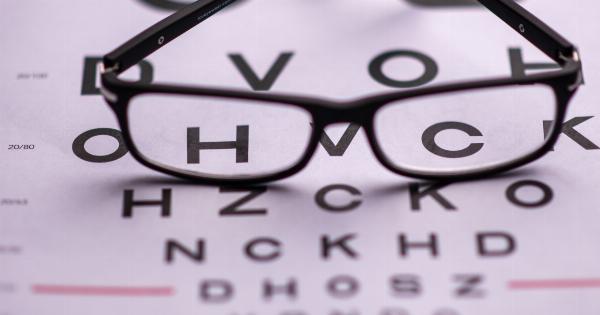Chronic venous insufficiency (CVI) refers to a condition where the veins in the legs are unable to return blood efficiently to the heart. This condition can cause a range of symptoms such as pain, swelling, and skin changes.
In this article, we will take a closer look at CVI, its causes, symptoms, and management.
Causes of CVI
The veins in our legs are responsible for carrying blood back to the heart. These veins have one-way valves that prevent blood from flowing backward. However, if these valves stop working correctly, blood can pool in the legs, causing CVI.
Some of the risk factors that can lead to the development of this condition include:.
- Increasing age
- Obesity
- Pregnancy
- Sedentary lifestyle
- Family history of venous disease
- Prolonged standing or sitting
Symptoms of CVI
CVI can lead to a wide variety of symptoms, including:.
- Swelling in the legs and ankles
- Pain, aching, or throbbing sensation in the legs
- Leg cramps, especially at night
- Itching or burning sensation in the affected area
- Darkening or discoloration of the skin on the lower leg or ankle
- Ulcers on the lower leg or ankle that won’t heal
Diagnosis of CVI
If you’re experiencing any of the symptoms mentioned above, it’s important to see a doctor. Your doctor will perform a physical exam and review your medical history to help diagnose CVI. They may also conduct additional tests such as:.
- Doppler ultrasound to examine the blood flow in your legs
- CT or MRI scan to check for any blockages in the veins
- Angiogram to help identify any blockages in the veins
Treatment of CVI
The goal of treatment for CVI is to manage the symptoms and prevent the condition from getting worse. Some of the common treatment options include:.
- Compression stockings: These stockings help to compress the legs, improve blood flow, and reduce swelling.
- Elevation: Elevating your legs above your heart level can help to reduce swelling and improve blood flow.
- Exercise: Regular physical activity can help to improve blood flow and reduce the risk of CVI getting worse.
- Surgery: In severe cases, your doctor may recommend surgery to repair damaged veins or remove blood clots.
Prevention of CVI
While there’s no way to completely prevent CVI, there are some things you can do to reduce your risk of developing the condition:.
- Exercise regularly to improve blood flow in your legs
- Maintain a healthy weight
- Avoid prolonged periods of standing or sitting
- Wear compression stockings if you’re at risk of developing CVI
- Elevate your legs regularly, especially after prolonged periods of sitting or standing
Conclusion
CVI can have a significant impact on your quality of life. However, with the right diagnosis and treatment, you can manage the symptoms and prevent the condition from getting worse.
If you’re experiencing any symptoms of CVI, it’s essential to see a doctor right away.





























